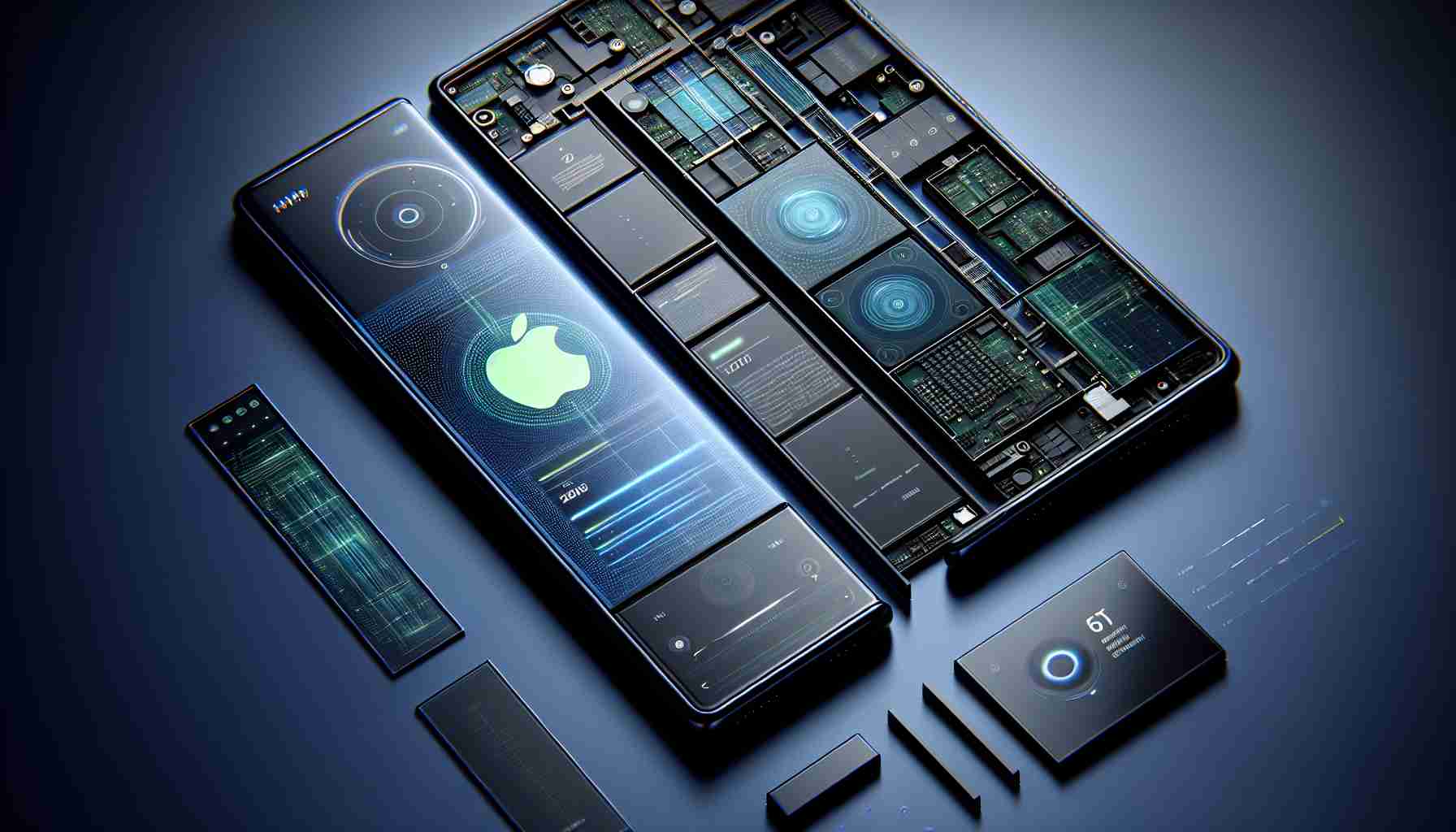Revolutionizing the Smartphone Market
Apple is charting new territory with its dedication to innovation. A razor-thin iPhone is in the works, set to significantly shake up the existing lineup. Insiders expect the price to surpass that of the current apex model, the iPhone Pro Max.
Shaping Future Technology
In a break from tradition, this product is forecasted to become part of the iPhone 17 family. It could be the successor to the Plus model, which has not met Apple’s anticipated success. Despite this, the company will continue to offer a Plus option with the iPhone 16 range.
Apple’s design strategy heralds a fundamental transformation reminiscent of the iPhone X advancements. Flourishes to the new model might include a sleek aluminum frame and a more petite pill-shaped notch for the front-facing camera and Face ID tech. Another alteration may see the rear camera shifted to the center back of the device. The envisioned screen size will nestle between the sizes of the standard iPhone and the iPhone Pro Max.
With an eye on competing technology, such as the 5.1mm-thin iPad Pro, the exact thinness of the new iPhone remains veiled in secrecy.
Intelligence First with iPhone 16
As the market anticipates the iPhone 16’s five-month-out debut, expect a spotlight on AI capabilities over design alterations. Although the new model might forgo traditional buttons for a haptic, touch-responsive interface, it will likely retain much of the iPhone 15’s design language.
A new tier—an iPhone Ultra—is rumored to be unveiled currently, ascending above the Pro Max in stature and, perhaps, in performance.
Questions & Answers:
Q: Why is Apple creating an ultra-thin iPhone design?
A: Apple is seeking to revolutionize the smartphone market by innovating and staying ahead of the competition. By offering an ultra-thin iPhone, they aim to differentiate their product line and appeal to customers looking for sleek, cutting-edge technology.
Q: What challenges might Apple face with an ultra-thin iPhone design?
A: Manufacturing ultra-thin devices comes with several challenges, including the management of heat dispersion, battery life, durability, and structural integrity. There is also a potential challenge in integrating all necessary components without compromising on performance.
Key Challenges & Controversies:
– Battery Life: Thinner devices have less space for batteries, potentially impacting the phone’s longevity on a single charge.
– Durability: Ultra-thin designs might be more susceptible to damage from drops or bending.
– Heat Management: Thinner frames can limit the ability to dissipate heat effectively, which can affect the device’s performance and lifespan.
– Integration of Technology: Fitting advanced technology into a slimmer profile without impacting functionality is a significant engineering challenge.
Advantages & Disadvantages:
Advantages:
– Portability: Thinner phones are lighter and easier to carry.
– Aesthetic Appeal: An ultra-thin design is often perceived as more modern and desirable.
– Innovation: Pushing the boundaries of design encourages technological advancement and can lead to breakthroughs in other areas.
Disadvantages:
– Battery Life: As mentioned, a thinner design can reduce the space available for the battery.
– Durability Concerns: Thinner devices can be less robust and more prone to damage.
– Higher Costs: The price of the ultra-thin iPhone is expected to exceed that of existing models, which could make it less accessible to a wide range of consumers.
To learn more about Apple’s products and innovations, you can visit their main website with the following link: Apple Official Website.
The source of the article is from the blog exofeed.nl
